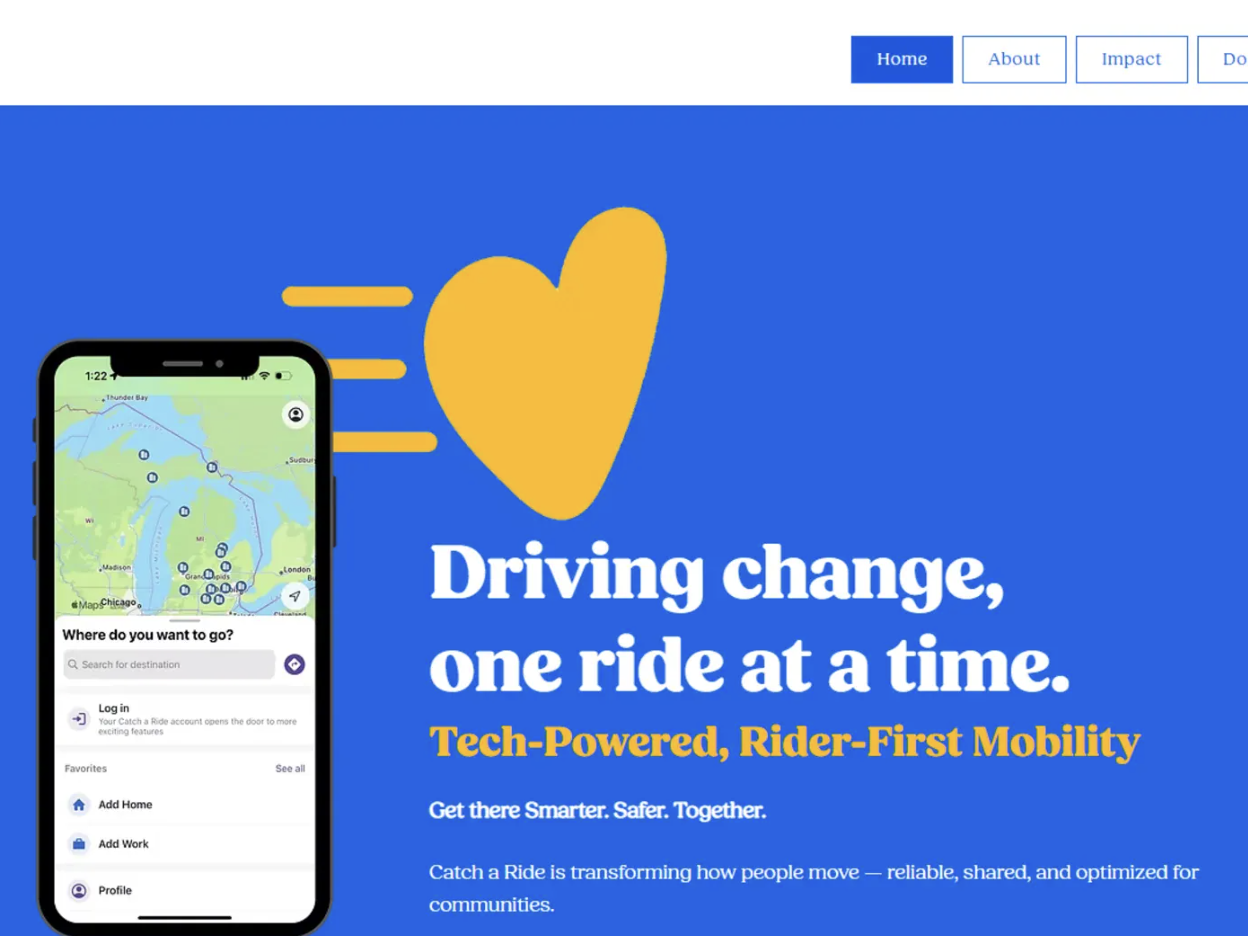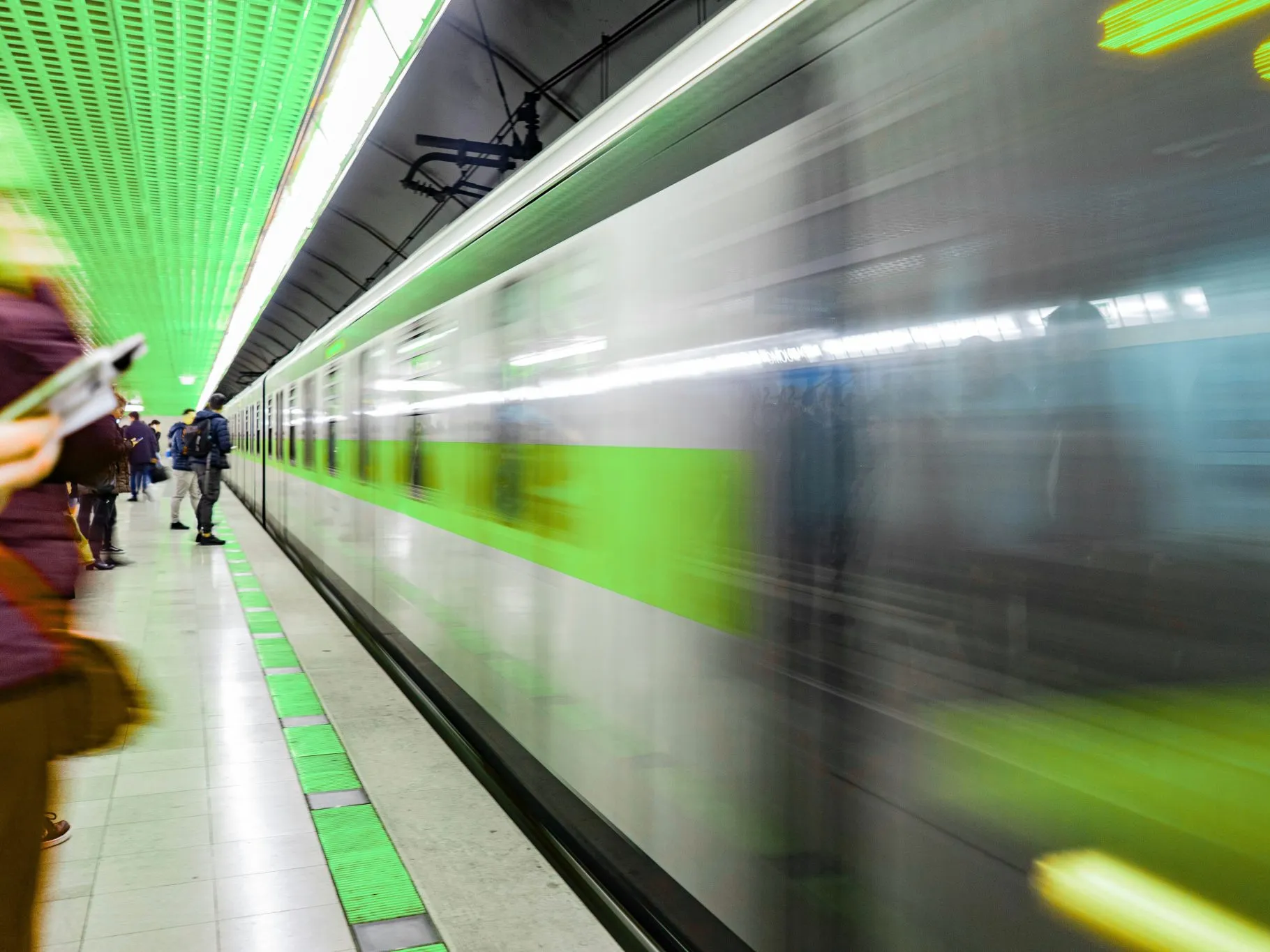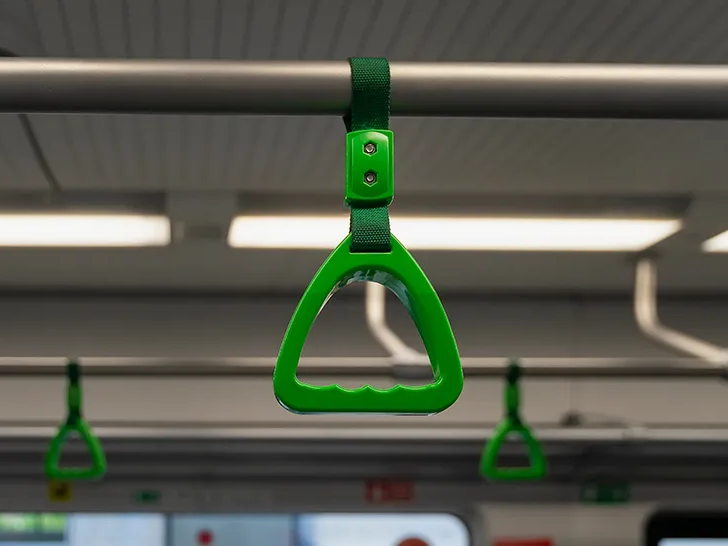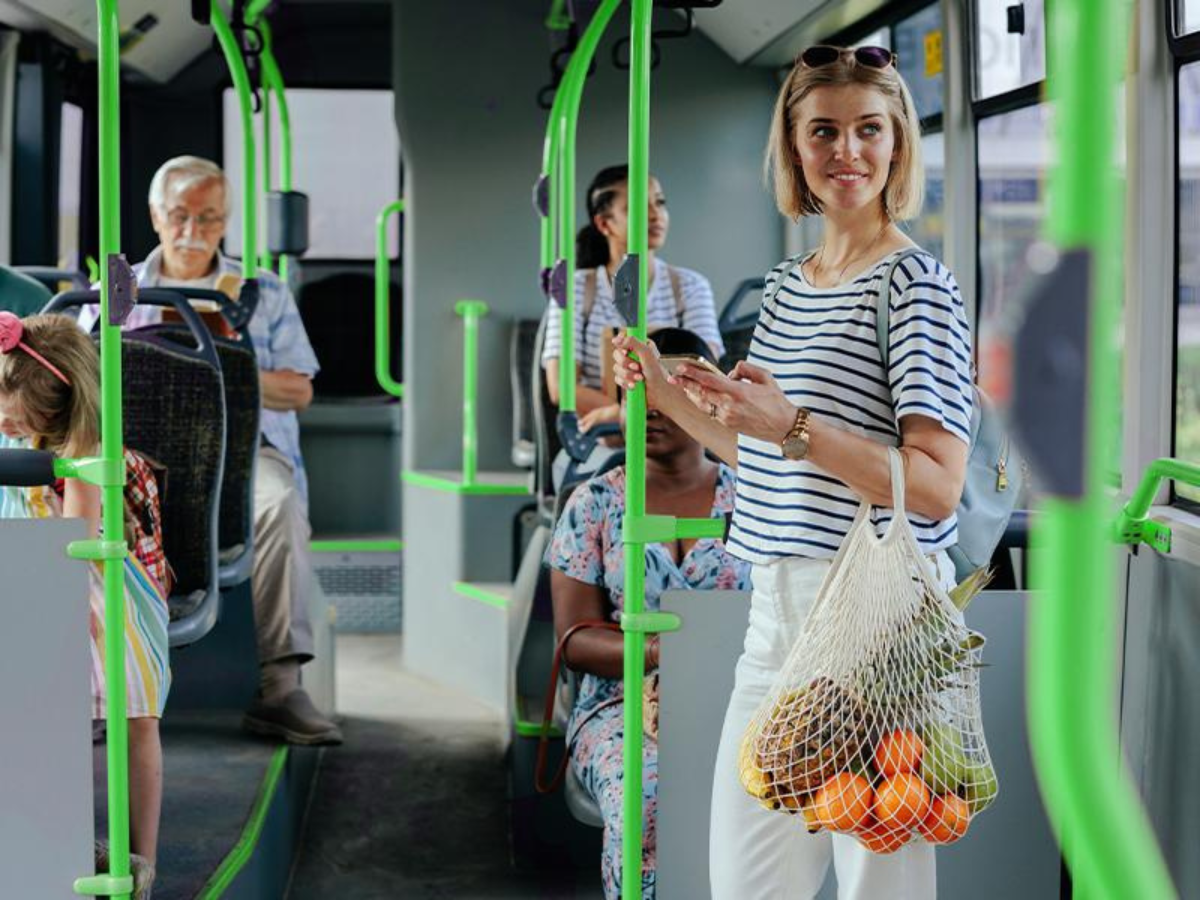Unlocking the Potential of European Cross-Border Public Transport with MaaS
Making travel plans can be unnecessarily complicated at the best of times, particularly when different modes and service providers are involved. This complexity is even greater for cross-border travel in Europe.

Mobility-as-a-Service (MaaS) is an innovative transportation concept that can streamline this process by combining different transport operators and modes into one efficient mobility solution with public transport at its core. This unified approach to travel could open up major benefits for locals and tourists, transforming the way people move between countries.
MaaS eliminates many of the difficulties associated with switching between different modes of transport. Leveraging digital infrastructure such as contactless payments and real-time journey tracking, brings further convenience too. Not only will it simplify cross-border trips for commuters but also allow travellers to discover new places and explore unfamiliar destinations with greater ease. However, to understand the degree to which MaaS can help, it’s important to first reflect upon some of the obstacles that cross-border mobility faces.
Meeting Challenges Head-on
Cross-border public transportation is a crucial infrastructure component in Europe for the efficient and seamless movement of people and goods. Yet, current public transport systems are not always up to the task of facilitating this kind of regional connectivity. The existing network of roads, railways, and other services is often inadequate in terms of capacity or reliability with significant barriers between national borders that impede efficient travel.

The European Commission’s Directorate-General for Regional and Urban Policy (DG REGIO) carried out a study to better understand the challenges of cross-border public transport services such as the legal constraints, admin burden and technical issues. It has recently been in discussion with the Union Internationale des Transports Publics (UITP) to see how the obstacles faced can be addressed and the potential for funding for local cross-border public transportation.
There are many factors at play: limited public transport, inadequate digital services, interoperability issues, and language barriers to name a few. Purchasing cross-border train tickets is a difficult and unreliable endeavour too given the absence of unification between websites and national railway companies. Euronews also notes varying track access charges among EU member states and a lack of technical standardisation – all of which add to journey times due to locomotive changes alongside the absence of unified control and signalling systems.
Work is already underway but consolidating the remaining national laws is tough, as the article states. Yet, UITP and Federal Statistical Office data highlight the importance of cross-border public transport from a cultural, social and economic perspective.
Approximately 30 per cent of the EU population live across internal borders; there was also an increase in cross-border commuters of 6.1 per cent in the fourth quarter of 2022, compared to the previous year. Given the borders are home to a high proportion of people and there appears to be an appetite for such travel, governments need to address these challenges and tap into the opportunities available.
The Need for Harmonisation
This calls for a collective approach to solving these issues along with substantial infrastructure investment to ensure service availability, increased affordability, and reduced travel times across borders. At the same time, policymakers and authorities must prioritise safety standards and a modern, multi-modal and sustainable public transport system that can support long-term regional growth.

It means working in partnership with businesses and interested parties as well as supporting existing transport links such as cross-border coach services like Eurolines. The European Union Agency for Railways (ERA), has an important role to play too, given it advocates a single European railway. MaaS Alliance, UITP and other organisations are working hard to bring MaaS to life, advocating for global standards, public-private partnerships in transportation and reduced operational costs, all of which stand to benefit cross-border services.
This includes harmonising public transport schedules and ticketing and making planning inclusive – such as wheelchair and bike accessibility. Digital innovation, interoperability and open data policies are also vital components. Governments must establish a legal framework that enables organisations to operate within a secure and transparent environment, encouraging innovation, competition and trust between stakeholders.
MaaS Improvements
With these foundations in place, innovations such as MaaS can greatly improve cross-border travel for local communities, commuters and visitors. Combining a broad range of mobility services on both sides of the borders means travellers can select the most efficient and cost-effective way to reach their destination, making it easier to opt for multi-mixed modes of transport in one journey. Indeed, MaaS is well-placed to service the first/last mile, helping to bridge gaps in rail services and onward travel.
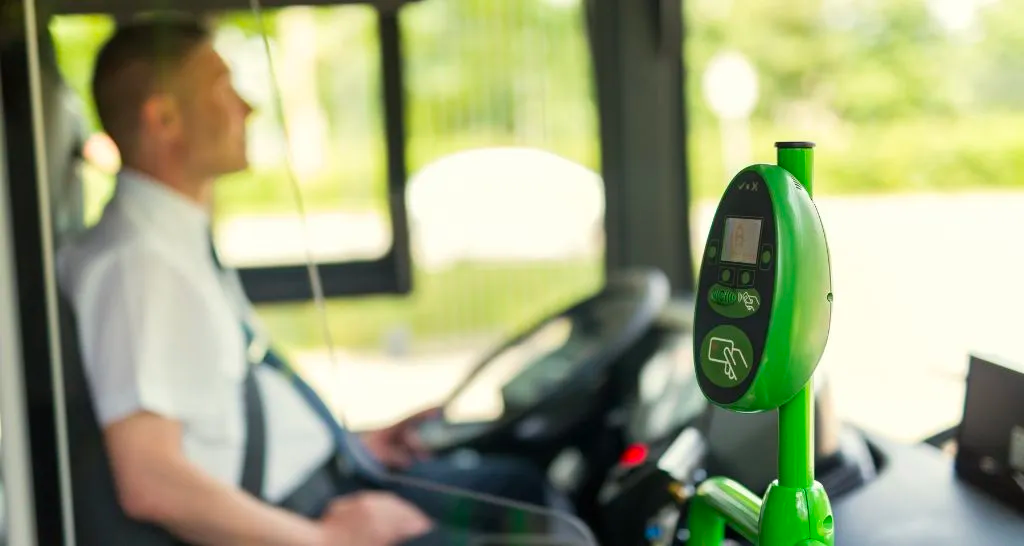
The European Commission has proposed a Europe-wide platform for timetables and ticketing as part of its promise to increase rail passenger numbers, reduce travel time, and decrease carbon emissions. It’s here that MaaS could have an indispensable role to play, granting passengers the freedom and ease to switch between different transportation modes. This includes updates if transport is delayed and the option to reroute mid-journey, as well as automatically handling additional payments or issuing refunds. Add in personalised and contextualised mobility experiences, including incentives to use sustainable modes, and you unlock the immense possibilities of MaaS with the potential to influence the takeup of cross-border public transportation.
Life Beyond Borders
As we’ve seen, MaaS presents an innovative approach to streamlining cross-border travel and facilitating connectivity. With a unified combination of transport operators, modes, and digital infrastructure, MaaS opens up a world of convenience and opportunities for both locals and tourists. To realise full potential, obstacles such as legal constraints, capacity issues, language barriers, interoperability challenges and technical difficulties must be addressed.

A collective effort is needed between transportation operators, policymakers, and other interested parties alongside significant investments in infrastructure. Through the harmonisation of transport schedules, ticketing, safety standards, open data policies and the development of a modern, multi-modal and sustainable system, MaaS can bridge the existing gaps in cross-border public transportation for greater socio-economic growth. The time to act is now if we’re to seize the opportunity to unlock the potential of MaaS and experience life beyond borders.
Sign up for our newsletter to receive regular up-to-date information on our latest articles and news.
This article was originally published by SkedGo.






